
In 2013, we saw a wider variety of devices than in recent years. Not only did we see the continued spec race heat up as we got our first taste of Snapdragon processors from Qualcomm, but we saw some OEMs wisely pare their efforts back a bit. HTC went with one One, and Motorola took their time bringing new devices to market. Whether it was flagship spec-heavy offerings or a shockingly slimmed-down device, we had a lot of great stuff in 2013.
With 2013 closed out, and credit card bills from the holidays staring us in the face, we thought it was a good time to take a look back at what we saw in 2013 as it relates to hardware. These devices can be considered the best on offer today as well, and should serve as a precursor to CES 2014, which starts next week.
Samsung Galaxy S4
The natural upgrade from the insanely popular Galaxy S3, the S4 brought some subtle upgrades and needed fixes, but kept the runaway sales numbers of the S3. Though their TouchWiz skin is getting far too bulky (and ugly), the S4 sold at a frantic pace, keeping Samsung atop the Android heap. Helped by a nearly simultaneous worldwide launch and a reported $12 billion marketing blitz, the S4 once again cemented Samsung as an industry leader.
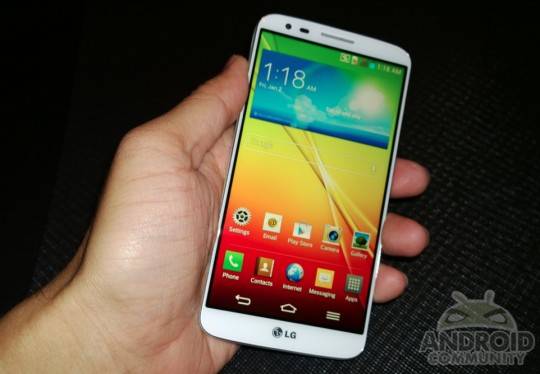
LG G2
With the Nexus 4, LG showed us they could make a popular, well built handset. Though at the direction of Google, the Nexus 4 served to put LG on the map in a big way. Their G2 was the follow-up for the Optimus G, this time dropping the ostentatious ‘Optimus’ branding. Rather than take the S4 road and bring a slightly bigger screen and feature set, the G2 re-thought the handset altogether.
With the power button and volume rocker on the rear of the device, LG was able to accomplish one thing the tech-obsessed have been wanting: almost invisible bezels. In regard to specs, it brought all it could to the table with an impressive 5.2-inch 1080p display and Snapdragon 800. Their skin is a bit heavy for our liking, but the feature set is really nice. There’s not a lot we didn’t like about this one.
HTC One
This was the first savior devie of 2013 — or at least it was supposed to be. Like Motorola, HTC had been trending downward, effectively losing our interest as their hubris set in and they made ill-advised moves like getting involved with Beats. Upon release, the One was like nothing we’d seen before. Aluminum, sleek, and gorgeous, it still somehow felt dated and heavy. Sense was updated, which helped, but the One just missed something we still can’t put our finger on. Perhaps it was just confusion from all the Zoe and Ultrapixel talk, we’re still not sure. Where HTC failed, Motorola would succeed.
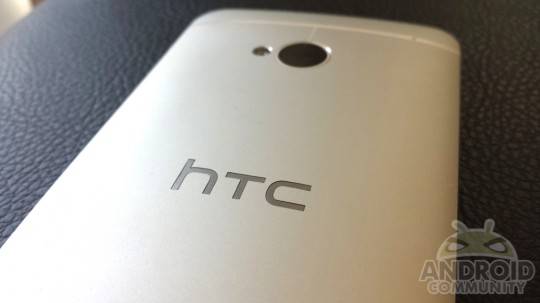
Chromecast
Perhaps understanding that we’re not going to buy a new TV anyway, Google released the Chromecast. The dongle (perhaps our favorite word for 2013) served as a streaming media device, though it had intrinsic ties to Google rather than content providers. It works with apps rather than an on-screen menu, and is little more than a broadcast device for your mobile media content. Be it locally stored content or via an app like Netflix, Chromecast makes it possible to view your stuff on just about any TV.
Like any successful product, the Chromecast invited a host of also-ran apps and hardware to mimic its functionality. At only $35, it was hard to not pick one up. Between the price and ease of use, Chromecast really lit up the mobile tech scene in an unexpected way. As more content providers bring the functionality to their apps natively, the want for one will only increase.

Gaming
Android gaming, like smartwatches (which we’ll get to in a minute), exploded in 2013. NVIDIA set the stage with their absolutely shocking Project Shield at CES, and was followed by the launch of Ouya and Gamestick later in the year. We’re just now getting the MadCatz offering, which could annihilate the rest. So much hardware, there is one crucial aspect that some just aren’t getting.
The successful gaming devices have Play Store support. Those withouth, most notably Ouya, are left to beg the support of developers who are already stretched too thin. In that, their game offerings are not nearly as good as the Shield. The Shield, however, costs three times as much. With Google rumored to bring gaming to the living room in 2014, there will be a lot of activity in Android gaming this year — and a lot of hardware that falls off the map.
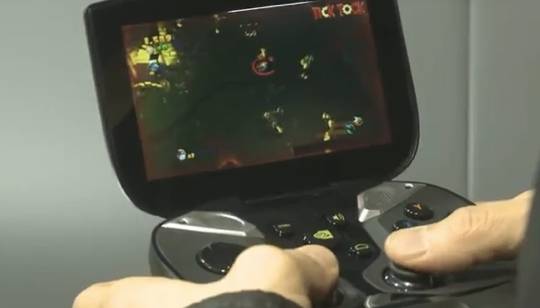
Moto X
Prior to launch, the Moto X was rumored to be made of everything from Unicorn horn to being a working hologram of a phone. We’re clearly joking, but the fervor leading to the launch of the X was palpable. We were curious how the now Google-owned Motorola would stage a comeback, and the Moto X was the device we all thought they’d use to mount that re-entry to prominence.
On launch, the initial reaction was mixed. Some loved its simplicity, others lamented the device being limited to AT&T. The 720p screen confused us, as did the step-back processor. Highly customizable before assembly, the Moto X had no removable battery or microSD card slot. Left wondering what just happened, review units started working their way to us, and we finally understood.
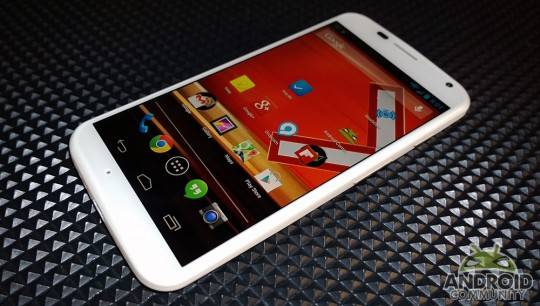
If anything, the Moto X showed us that software is much more important than hardware at this juncture. The hardware choices for the Moto X were meant to compliment the software, not vice versa. In doing so, Motorola was able to give a significantly better experience with the Moto X, bringing the world of contextual data front and center. Their almost-absent skin on Android was refreshing, and let Android purists have their day. The tweaks and changes were all meant to help you in a day-to-day sense, not bring some oddball camera filter you’ll never use. For our money, the Moto X was the quintessential Android device in 2013.
Moto G
As much as the Moto X taught us about user experience and perceived compromise, the Moto G is set to do the same for the mid-range segment. It packs all the normal punch you’d expect from a true mid-range device, but checks in at about half the price of the competition. If nothing else, the Moto G is set to hit other OEMs where it hurts, and keep our wallets happy. Though light on specs, it brings the same customization feel as the Moto X, but can be manipulated on the fly with removable back plates.
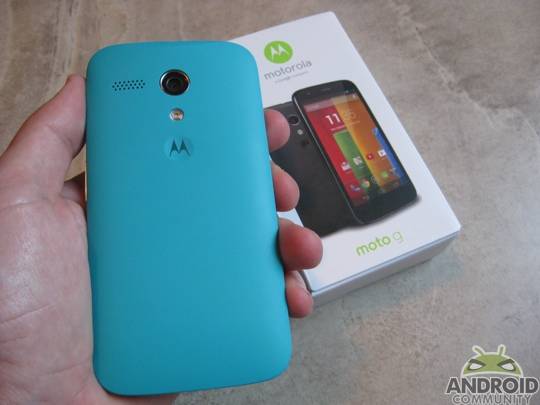
Honorable mention
LG G Flex
Though Samsung was technically first to the curved device market in 2013, the G Flex was the better offering. With amazing battery life and interesting tweaks, we found it to be both interesting and compelling as a choice for this list. Though LG claims the device wen through several hundred design changes prior to launch, we still think of curved display smartphones more as proofs of concepts that signify those flexible displays we see so much of at trade shows are coming. They’re also keen to bring it to market on a wider scale, which proves they’re serious about this direction.
Note 3 and Galaxy Gear
Sadly, neither impressed, but both made a splash. The Note 3 was a slight bump from the Note 2, but brought with it the Galaxy Gear. Samsung’s first smartwatch was far, far less than desirable, especially considering other contenders like the Sony Smartwatch 2 or next device on our list, the Pebble. While making headlines, neither of these would have been notable as standalone devices, and the Gear only works with a few devices. The Gear has a camera, a first for a smartwatch, but continues to be hobbled with poor support and limited functionality. The creepy marketing efforts only turn us off more.
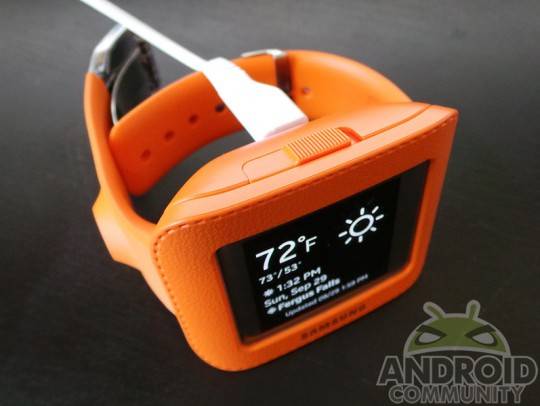
Pebble
An eInk screen, slightly clunky design, and limited style options make the Pebble one that can easily be dismissed too quickly. When you look a little harder at the functionality, the Pebble just might be the best smartwatch around. Easily configurable (if you have a little tech know-how) and simple to use, the Pebble perfectly accomplishes what smartwatches currently set out to do: it notifies you. Others have come along with more flash or style (see above), and promise of more to come, but the Pebble remains great at being simple — and works with just about any device. It also trumps the competition in the battery life department, which is good, because plugging a watch in is still weird.
Nexus devices
The Nexus 7 slimmed down and sped up, but we consider it a natural bump from the Nexus 7 2012. Sadly, we lost the Steve McQueen leather-esque backing of the original, and the screen got slimmer and taller, but nothing left us wanting. The slim profile and zippy processor handled everything Android with precision, and the screen is bright and gorgeous. The new Nexus 7 kept the Nexus brand at the top of the 7-inch tablet offerings.
The Nexus 5 was another upgrade we saw coming, even if it was one of the most anticipated devices this year. A screen size bump was welcome, as was the jettisoning of the glass back from the Nexus 4. We wish Google had kept the sloped front glass from the Nexus 4 for this one, but it’s easily the flagship Google needed — and we wanted. It also naturally encourages users to go prepaid and ditch their draconian contracts, which we’re always fans of.
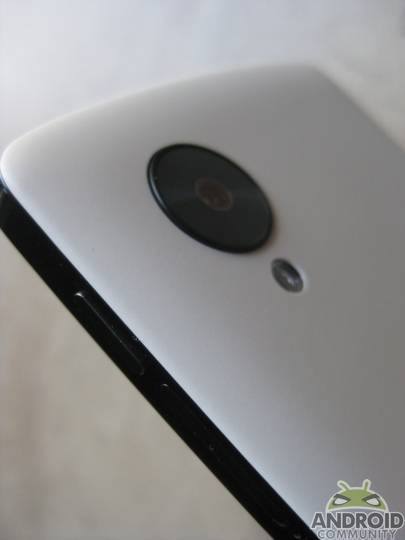
Conclusion
What 2013 brought us was diversity, with Motorola disrupting the status quo and LG thinking outside of the box in new ways. We saw the birth of wearable tech in a big way, too. We still don’t quite have what we want from smartwatches, but we may never get there, either. If you’re wondering where Google Glass is on this list, don’t. As a product not ready for retail, we purposefully omitted it from the list. We like the concept, but until it sees the light of day for everyone — allegedly in 2014 sometime — we’ll be keen to watch the program from afar. When we can get it somewhere other than eBay, we’ll call it a consumer device.
As we look ahead to 2014, one thing is certain: we’re getting wearables. Google Glass promises to come out at some point in 2014, and there are so many smartwatches we can’t keep them straight. With an explosion in one segment, we can also expect to see some contraction as lesser-than offerings fall off the map. Much like the early days of Android tablets, wearables are coming fast and furious. Like those days of Android tablets, it’s also a good idea to be cautiously optimistic about your potential purchase. After all, you don’t want that device you’re excited about now to end up in one of those “worst products ever” article a few years from now.









